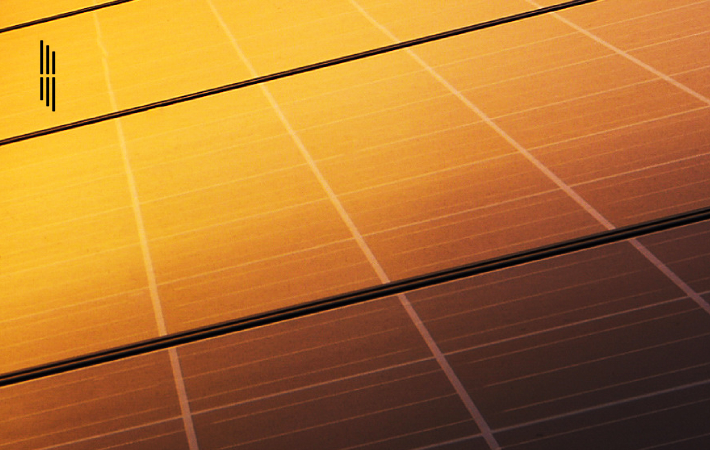Sustainable practices, aesthetics and functionality at Barangaroo

A change towards sustainability
‘Companies must start justifying their worth to society, with greater emphasis placed on environmental and social impact rather than straight economics.’ Dick Dusseldorp, 1973
Never have the words from Lendlease’s founder resonated more so than today. As we are experiencing the worst bush fire season Australia has ever seen, and needing to confront climate change and what it means for us as Australians, the role of businesses and their capacity to impact the environment is now more important than ever.
Sustainability is a principle value pillar for our tenant partner Lendlease and International Towers are a true example of their commitment to contributing to ethical, social and environmental mega-trends. This is achieved alongside design-centred aesthetics and functionality to build precincts like Barangaroo, that not only create an atmospheric fit for its occupants and visitors, but that showcase how other developments can work towards minimising their environmental impact and tackling carbon emissions into the future.
Four ways in which businesses can look to improve their position are: energy, waste disposal, water usage and building design, which include examples from our precinct:
Energy: One of the Barangaroo precinct’s award-winning features is 6,000 rooftop solar panels with the capacity to generate 800kw of clean, renewable energy. The end goal is to become carbon neutral over time.
Waste disposal: During the construction phase, 97% of all construction waste was recycled, and we built our own concrete plant on site to save more than 30,000 truck movements and 5,000 tonnes of carbon emissions. Today, our retail partners have committed to using plant-based takeaway containers, meaning they’re compostable, and The Streets of Barangaroo’s 2.5 million coffee cups are recycled and other dry waste is turned into fuel for cement manufacturing.
Water usage: Rainwater is harvested in the precinct and the goal is to be net water positive. Recycled water is being used across International Towers for toilet flushing, irrigation, washing machines (cold only), car washing and fire sprinklers. The on-site blackwater treatment plant is capable of supplying 1 million litres of recycled water to the precinct and its surrounds.
Building design: Extensive collaboration and stakeholder engagement took place, and continues to occur, to build and enhance a complex precinct that meets its sustainability goals, one of which is to become carbon neutral. Stakeholders come together to capitalise on technological advancements and best-practice sustainable practices that create economies of scale and reduce the burden on smaller, lesser resourced members.
At International Towers we have continued to lift the bar even on our sustainability credentials, becoming the first commercial property in Australia to help streamline and fast track individual, 6 Star Green Star certification for its tenants.
The Green Star is the only national, voluntary sustainability rating system for buildings and communities and is operated by International Towers’ custodian tenant the Green Building Council of Australia (GBCA). Since its launch in 2003, Green Star has helped improve environmental efficiencies in Australian buildings, while boosting productivity, creating jobs and improving the health and wellbeing of local communities.
Beyond the environmental advantages listed above, there are clear improvements in productivity, cost savings and the attraction of high calibre employees and clients, which are the positive side effects that come when a change towards sustainability is considered and acted upon by Australian businesses.
Volunteers will be collecting on behalf of the Red Cross Disaster relief Recovery Fund around the Towers at Barangaroo - details will be shared on our social channels.

